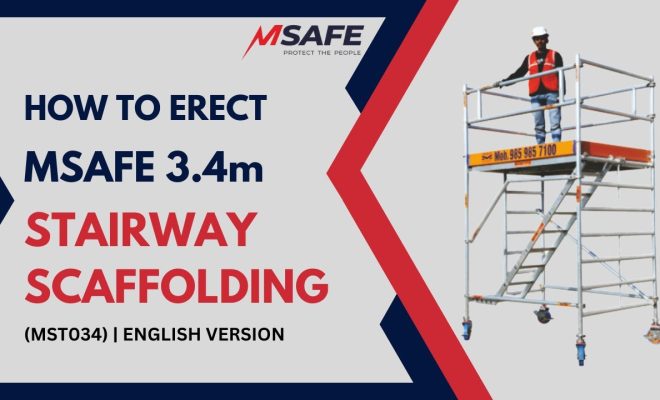3 Ways to Charge a Motorcycle Battery

Introduction:
Keeping the motorcycle battery charged is essential for the smooth running of your bike and ensuring it’s always ready for the next ride. If your motorcycle battery is low, you will experience weak engine starts, lost clock settings, and even issues with your headlights. To avoid these problems, make sure you know how to charge your motorcycle battery in various situations. In this article, we will discuss three methods to charge a motorcycle battery.
1. Use a Battery Charger:
A battery charger is the most reliable and commonly used method for charging a motorcycle battery. Follow these simple steps:
a. Choose the right battery charger: Pick a suitable charger according to the type of your battery (lead-acid or lithium) and its voltage (6V or 12V). Check your owner’s manual for specifications.
b. Disconnect the motorcycle battery: Remove the seat or side panel to access the battery, and disconnect it from your motorcycle by removing the negative cable first, followed by the positive cable.
c. Connect the charger: Attach the charger’s red clamp to the positive terminal of your battery and the black clamp to the negative terminal.
d. Set charging mode: Check if your charger offers different charging modes (like regular or trickle mode). Trickle mode is slower but safer for your battery in the long run.
e. Monitor charging: Keep an eye on charging progress by checking if your charger has any indicators or lights showing charging percentage or any warnings.
f. Disconnect and reconnect: Once fully charged, disconnect your charger starting with the black clamp from negative terminal first, then red clamp from positive terminal, and finally reconnect your motorcycle terminals – positive first followed by negative.
2. Use Solar Chargers:
Solar chargers are an eco-friendly way to keep your bike’s battery charged when you don’t have access to traditional power sources. These portable devices convert sunlight into electricity, which can be used to charge your motorcycle battery. Solar chargers work best for trickle charging, maintaining the battery at optimal levels while parked for extended periods.
a. Choose a solar charger compatible with your motorcycle battery.
b. Connect the solar charger to your battery following the same steps as in method one.
c. Place the solar panel in a suitable location with maximum sunlight exposure.
3. Jump-start from Another Vehicle:
If you’re stranded with a dead battery and don’t have access to a charger, jump-starting your motorcycle from another vehicle may help.
a. Park the vehicles close together, but not touching.
b. Turn off both vehicles and disconnect any accessories.
c. Using jumper cables, connect the positive terminal of the working vehicle’s battery to the positive terminal of your dead motorcycle’s battery.
d. Connect the negative terminal of the working vehicle’s battery to an unpainted metal surface on the frame of your motorcycle, away from the dead battery.
e. Start the working vehicle and let it run for a few minutes.
f. Try starting your motorcycle; if successful, disconnect jumper cables starting with negative connections.
Conclusion:
Regularly checking and charging your motorcycle’s battery help extend its life and keep you on the road safely. By following one of these methods – using a battery charger, solar charger, or jump-starting from another vehicle – you ensure that your motorcycle is always ready for action and prevent unnecessary roadside troubles.

